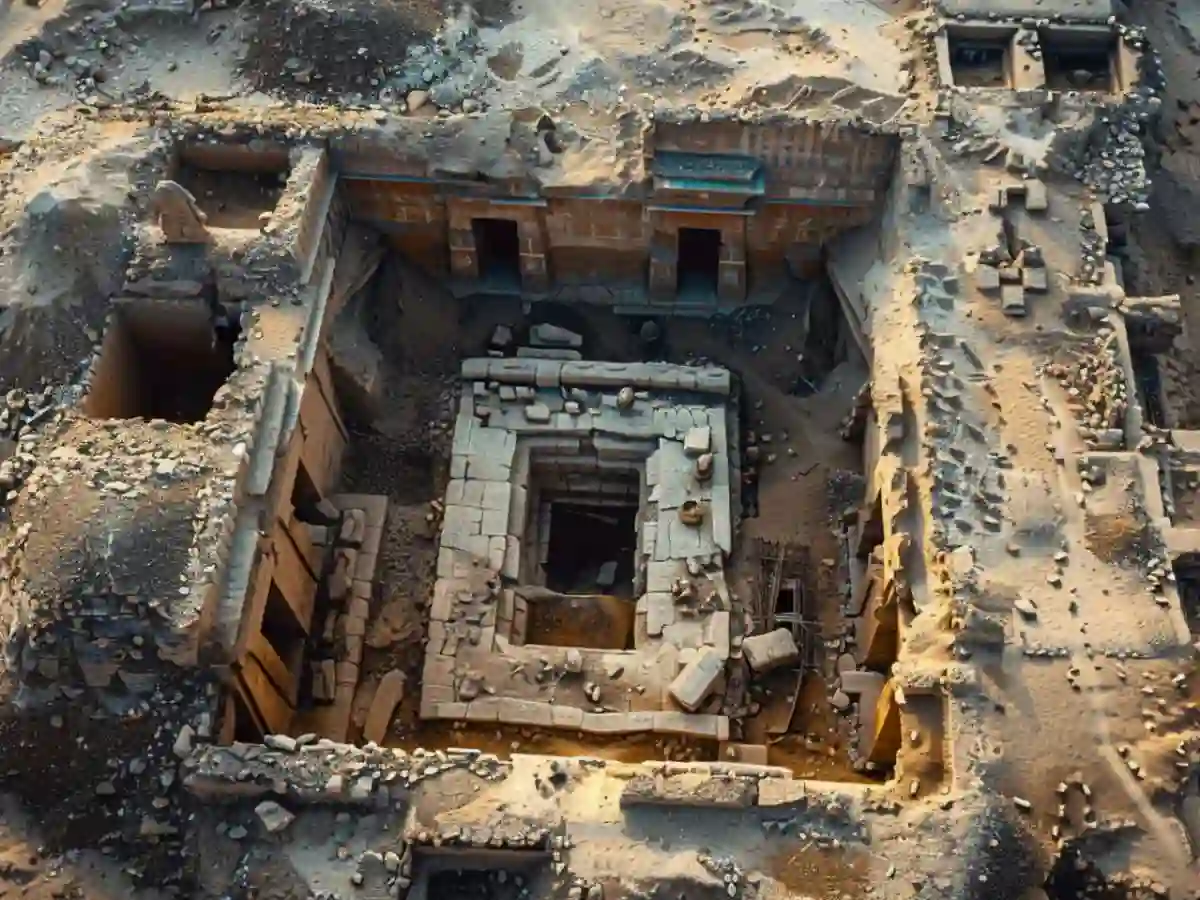Imagine discovering a song that no one had heard in a thousand years—a hymn from the cradle of civilization itself.
That’s exactly what a group of international scholars has done.
After centuries of silence, a Babylonian hymn has finally been brought back to life thanks to a groundbreaking collaboration between researchers in Germany and Iraq.
An Ancient Melody Hidden in Clay
The hymn, which sings the praises of Babylon—once the greatest city in Mesopotamia—was originally carved into clay tablets in the ancient cuneiform script.
While some pieces of the text had survived in the ruins of the legendary library of Sippar, it was long believed that the full version was lost forever.
According to legend, Sippar’s library was even saved from the great flood by Noah himself.
When AI Meets Archaeology
So how did this forgotten masterpiece make its return? Scholars from Ludwig Maximilian University (LMU) in Munich and the University of Baghdad used a mix of traditional scholarship and modern tech.
By combining artificial intelligence tools with a powerful digital resource called the Electronic Babylonian Library, the team managed to piece together fragments from 30 separate clay tablets.
For the first time ever, the full 250-line hymn was reconstructed and read in its entirety—a feat that was once thought impossible.
A Window Into Ancient Life and Nature
But this isn’t just any religious or poetic text.
What makes the hymn truly fascinating is the level of detail it offers about daily life in ancient Babylon.
The verses describe the city’s breathtaking buildings, the rhythm of nature around it, and even how the Euphrates River would flood in the spring.
It’s a vivid, literary snapshot of life in one of the world’s earliest cities.
Even more remarkable are the references to women in religious roles—a discovery that fills in gaps left by other Babylonian texts.
These glimpses into spiritual life and social roles give researchers exciting new material to explore.
A Cultural Treasure Joins the Global Record
The newly deciphered hymn has now been officially added to the global electronic library of cuneiform texts, ensuring it becomes part of the shared human record.
It’s a rare win for both historians and tech experts, proving how ancient and modern tools can work hand in hand to uncover the secrets of the past.
From Clay to Clicks—A Journey Through Time
This discovery isn’t just about preserving history—it’s about reviving it.
With the help of AI and meticulous research, a song that once echoed through Babylon’s temples and streets can now be read—and perhaps even felt—by people across the globe.
From broken clay shards buried in the earth to high-definition digital archives, this hymn’s journey shows just how much life can still be found in ancient words.
